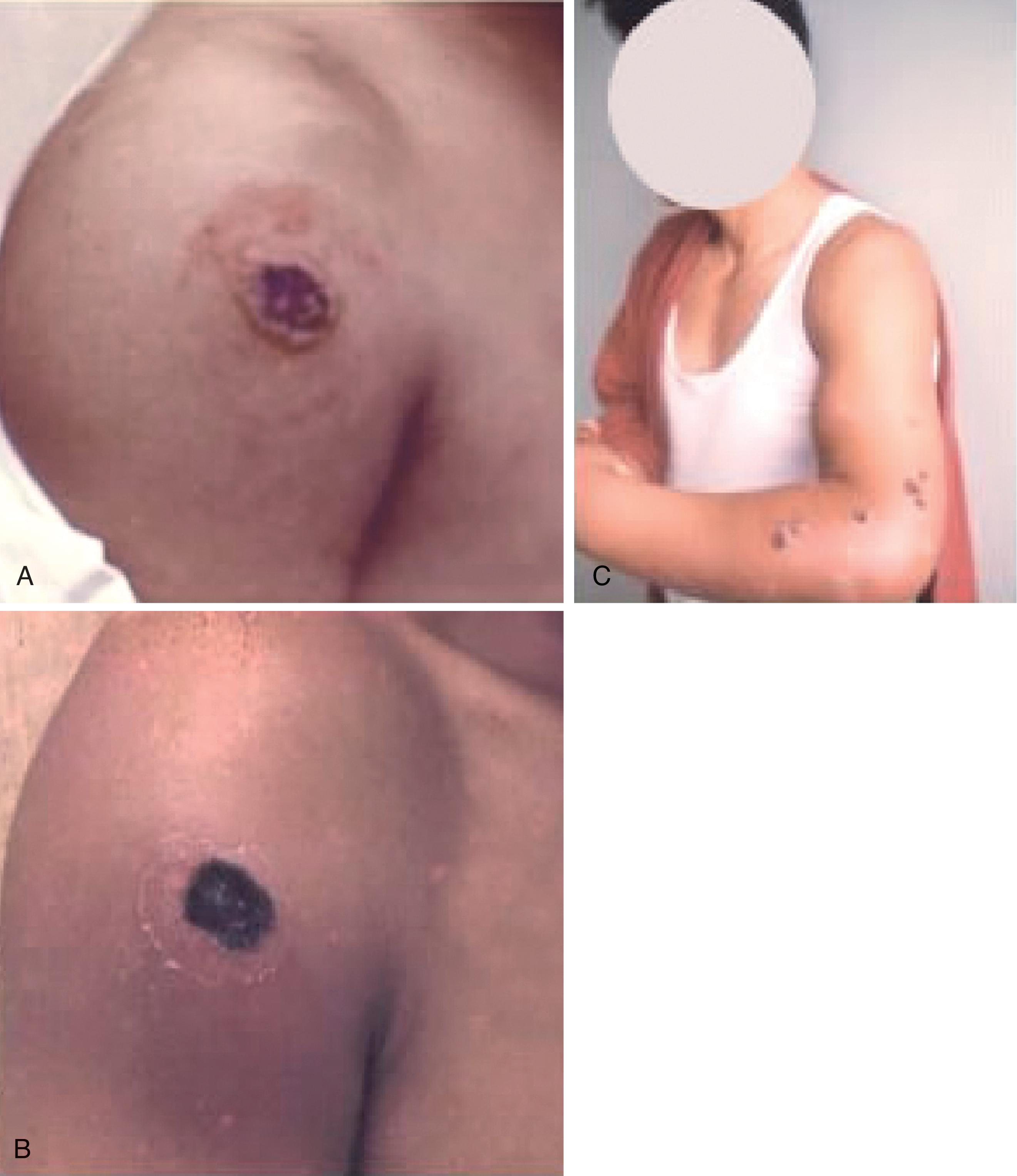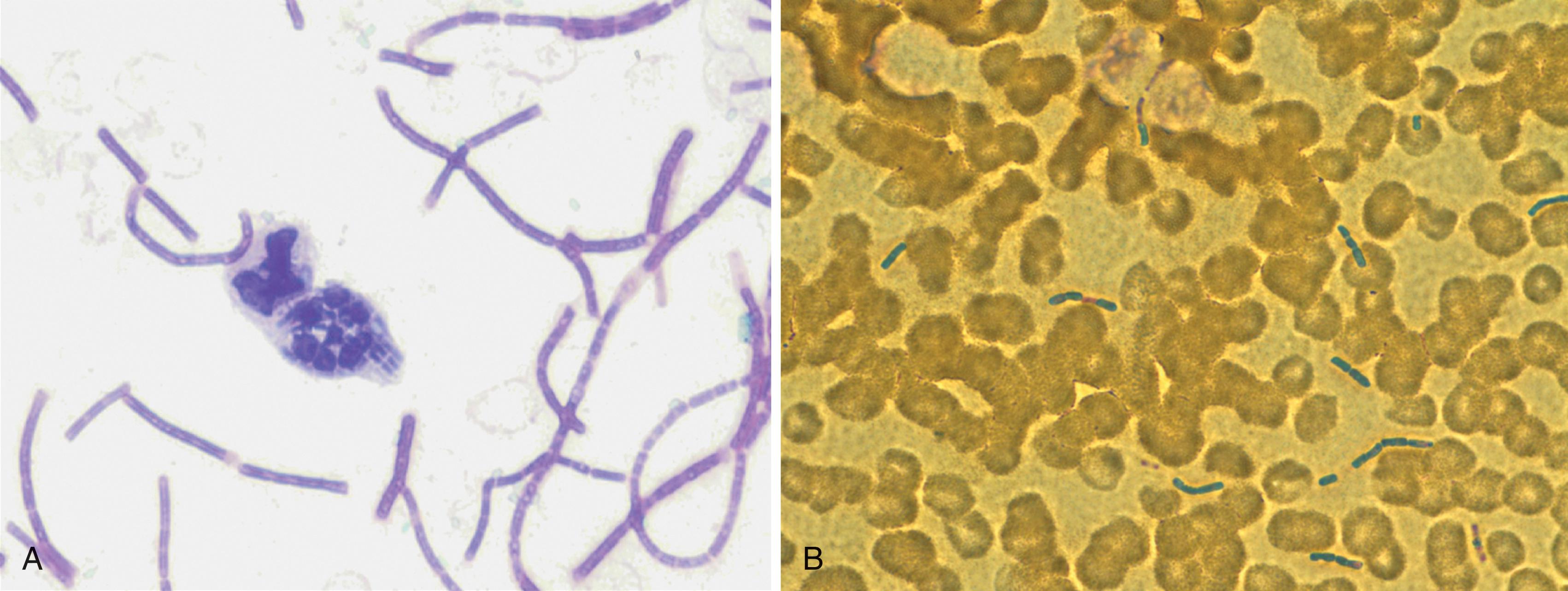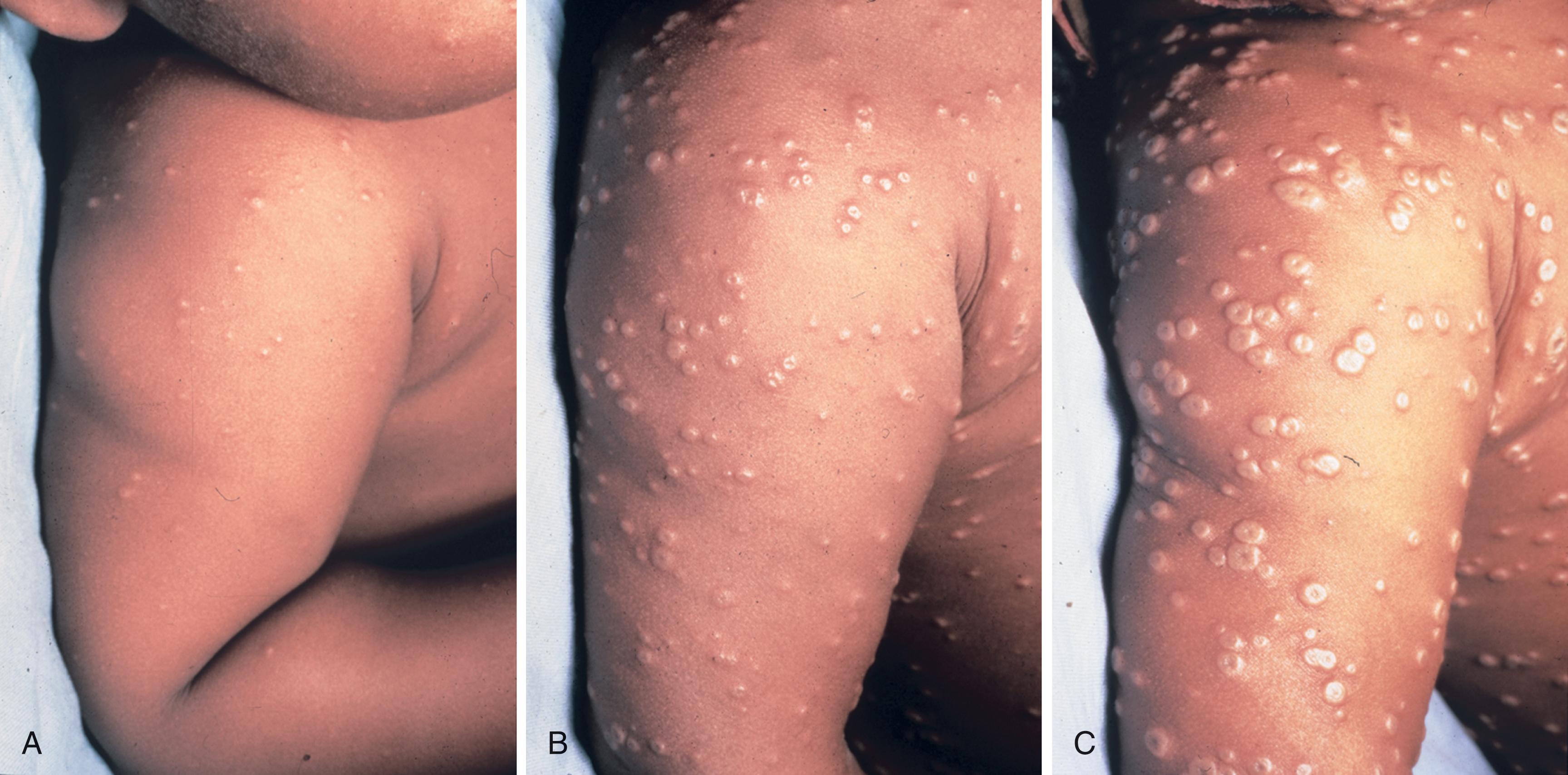Physical Address
304 North Cardinal St.
Dorchester Center, MA 02124
On a busy Baghdad bridge spanning the great Tigris River coursing through Iraq from north to south, a crowd of people intermingled in their bidirectional flow. Most were hurrying to and from the nearby market on the east side of the river below. Some were carrying parcels; others had infant children in their arms or on their backs. Someone shouted something; it was never determined who or what, but those within hearing interpreted the alarm as a warning, presumably of an improvised explosive device (IED) on the bridge. The reaction among the already apprehensive civilians was instant panic, and they scattered in all directions. Some attempted to cross to the other side; others tried to retreat from where they were headed; some jumped into the waters below. A herd mentality eliminated all sense of proportion; flight with presumed escape dominated the thought processes of the terrified populace. In the aftermath of the incident, almost 1000 were dead and many more were injured. The causes of death included suffocation, exsanguination from blunt trauma to torso, head injuries, and multiple long-bone fractures. Many drowned. The alleged IED never detonated, nor was it ever identified. The date was August 31, 2005. The inciting event, however, exemplifies two phenomena pertinent to the trauma surgeon.
Acts of civilian terrorism may result from many instruments or have unknown causes. Equally important, if perpetrated in the setting of heightened anxiety or apprehension, they can have devastating consequences of panic, stampede, and resultant blunt trauma. An explosive device need not be the inciting event. Just the threat of one or of any number of alternative hazards to personal safety may have the same result. Such alternatives include the agents of bioterrorism. Ignorance and superstition, primarily the former, cloud rationality when their presence is suspected. Thus, two forms of trauma must be considered by prehospital caregivers under such circumstances: the biohazard itself and the trauma that ensued from the panic that it produced.
Prehospital care is provided by the most medically sophisticated at the scene and en route to a medical treatment facility (MTF). Such caregivers may be emergency medical technicians (EMTs), paramedics, and even physicians. They will be required, by necessity, to perform patient assessment, threat assessment, triage, and first aid until additional help arrives.
Patient assessment proceeds along standardized guidelines established by the American College of Surgeons and its Advanced Trauma Life Support program as modified to complement varying skill levels, such as those relevant to nurses, paramedics, and EMTs (Prehospital Trauma Life Support). Included in the patient assessment is the threat assessment. What caused the panic? Was it explosive, radioactive, chemical, or biologic, and does it still pose a threat? Answers to these questions may not be readily apparent, initially; nevertheless, answers will be essential to successful triage, patient resuscitation, stabilization, and transport, as well as notification and protection of those not yet exposed to the dangers presented.
Triage is patient-location dependent. Casualties from biologic agent–induced injuries may be encountered in the field or at the scene of agent exposure. At this level the term “field triage,” as distinguished from “hospital triage,” is appropriate. The word “triage” is derived from the French verb trier , which means to sort, and dates back to the 15th century and European marketplaces where fur and fiber were sorted according to quality and price. Any number of triage categories can be designated, but perhaps the simplest arrangement involves three tiers. Most “patients” are apprehensive, bordering on hysteria. They need to be conveniently relocated and comforted by a minimal number of caregivers. This category may comprise the largest percentage of patients at the scene. A small percentage of the remainder are in extremis or agonal. They are termed “expectant” and cannot be helped other than to be allowed to die with a minimum of discomfort and as much dignity as can be provided under the circumstances. The remainder are categorized as “priority,” and they all need transport to an MTF. These patients are bleeding or have airway problems, head injuries, burns, chest or abdominal pain, or evidence of spine or long-bone fracture. This latter category may represent only 20% of the casualties, but it is the most important.
Principles of triage that must be understood include the fact that patients are triaged and retriaged, not only at all levels of patient care, but also within levels of patient care. The triage officer does not treat, assuming there is more than one caregiver present. The triage officer only sorts patients according to injury and probable outcome. The latter is dependent upon available resources—time, personnel, and equipment—and their presumed efficient use. Weather, communications, and available transportation will all play critical roles in determining anticipated outcome. Assuming that explosive ordnance, radiation, and chemical threats have been eliminated, but a biologic agent has not, what steps should be taken by the first responder or caregiver present at the scene of an act of civilian terrorism?
The ranking medical caregiver must establish communications, ascertain the risk of additional threat to the immediate area, and, in addition to providing first aid to those most in need, attempt to identify the biologic agent responsible for the mass casualties and the probable time of onset of exposure.
At present, there are five specific agents considered likely sources of bioterrorism. They have several general characteristics in common that make them preferable to alternative agents. These characteristics include relative ease of production, packaging, transport, and delivery as well as not only lethality but also morbidity. Agents that kill rapidly may be less inducive of panic and terror than those that cause large numbers to be extremely ill for prolonged periods of time, their condition apparently communicable. The five agents most commonly cited as potential threats are those associated with anthrax, smallpox, botulism, plague, and tularemia. The characteristics of each disease and its agent will be presented with emphasis placed on detection, diagnosis, treatment, precautions, prophylaxis, quarantine, decontamination, and necrology ( Tables 1 to 3 ). Other less likely agents, such as the viruses that cause encephalitis and Ebola, will be mentioned, but only in passing, because of their much lower probability of encounter.
| Disease | Organism | Aerosol | Onset | Symptoms | Distinction | Identification |
|---|---|---|---|---|---|---|
| Anthrax | Bacillus anthracis | Spore | 2 days | Acute onset, flulike illness | Mediastinal widening | Large gram-positive rods, blood |
| Smallpox | Orthopoxvirus variola | Virus | 12–14 days | Severe febrile illness | Rash | Viruses (electron microscopy), pustular fluid |
| Plague | Yersinia pestis | Bacterium | 1–6 days | Severe pneumonia, sepsis | Hemoptysis | Bipolar (“safety pin”) gram-negative coccobacilli, sputum |
| Botulism | Clostridium botulinum | Toxin | Hours to days | Paralysis | No fever | Mouse bioassay, blood |
| Tularemia | Francisella tularensis | Bacterium | 3–5 days | Acute onset, febrile illness, nonspecific | Slower progression | Small gram-negative coccobacilli, sputum. |
| TREATMENT * | |||||
|---|---|---|---|---|---|
| Disease | Parenteral | Oral | Prevention | Cause of Death | Necrology |
| Anthrax | Ciprofloxacin 400 mg | Ciprofloxacin 500 mg | Vaccination, 6-dose series, U.S. military | Respiratory failure, sepsis | Burial, cremation |
| Smallpox | For secondary infections | None available | Sepsis | Cremation | |
| Plague | Streptomycin 1.0 g, gentamicin | Doxycycline 100 mg, ciprofloxacin | None available | Sepsis | Burial |
| Botulism | For secondary infections | Antitoxin | Respiratory failure | Burial | |
| Tularemia | Streptomycin 1.0 g, gentamicin | Doxycycline 100 mg, ciprofloxacin | None available | Sepsis | Burial |
| Disease | Prophylaxis | Infection Control | Decontamination |
|---|---|---|---|
| Anthrax | Same as for treatment, 60 days | No H-HT, SP | Initial, secondary aerosolization without direct contact, soap and water |
| Smallpox | Vaccination | Isolation and vaccination of all patients plus their contacts | Spontaneous, 6–24 hours |
| Plague | Same as for treatment, all contacts plus anyone with fever or cough | RDP until 48 hours ABT | Spontaneous, 1 hour |
| Botulism | Close observation, antitoxin scarce | SP | Toxin easily destroyed, bleach 1:10 dilution, soap and water |
| Tularemia | Same as for treatment, any exposed | No H-HT, SP | Short half-life, soap and water, bleach 1:10 dilution, alcohol 70% |
Anthrax has a long history as a disease among animals, but is much less commonly encountered in humans. Spores of Bacillus anthracis have been weaponized by the governments of many countries, and individuals have been exposed accidentally in Russia as well as targeted by attacks in Japan and more recently the United States. Although the number of deaths from these exposures is relatively small, the potential is impressive. The World Health Organization (WHO) estimated that aerial release of 50 kg of anthrax spores over an urban population of 5 million would cause 250,000 casualties, almost half of whom would die without treatment. Similar scenarios have compared an aerosolized attack with anthrax spores to the effects of a hydrogen bomb attack on a large city.
Three forms of exposure to anthrax infectivity occur in humans: inhalation, cutaneous, and gastrointestinal ( Fig. 1 ). Anthrax spores are 1.0 μm, extremely hardy, and when aerosolized, odorless, tasteless, colorless, and invisible ( Fig. 2 ). Obviously, bioterrorists would most likely attempt inhalation exposure via an aerosolized release of spores from an aircraft. A two-stage illness ensues. In the primary phase, which lasts hours to days, the victim experiences fever, dyspnea, cough, headache, nausea, vomiting, chills, weakness, and pain in chest and abdomen within days to weeks of exposure, depending on number and size of spores inhaled. The second phase begins with an abrupt increase in severity of symptoms, which coincides with systemic lymphadenopathy, bacteremia, hypotension, and death, if untreated. The massive hilar lymphadenopathy is seen radiographically as a “widened mediastinum.” Mediastinitis, meningitis, and cyanosis are common in the second phase. Clues to the diagnosis are the sudden appearance, in large numbers, of previously healthy city dwellers with an overwhelming flulike illness. Differential diagnosis includes pneumonic plague. Treatment includes parenteral antibiotics (penicillin, etc.), assisted ventilation, and pressors if patients can be hospitalized, and if not, oral antibiotics. Blood cultures before antibiotic therapy are confirmatory, but case fatality rates approach 80% and most victims succumb within the first 2 days of symptoms. A potential countermeasure consists of a recently developed human IgG1 monoclonal antibody that interacts directly with the anthrax toxin and neutralizes it. The antibody, raxibacumab, is protective in rabbits and monkeys, but its efficacy in humans has not been tested.


Prophylaxis has consisted of vaccination (six-dose series), which has been administered to all U.S. service personnel. Recent evaluation of a large military cohort, however, revealed that over half of the vaccines had low serum levels of in vitro toxin neutralization capacity.
Because there is no threat of patient-to-patient transmission of anthrax, patient contacts do not require treatment; however, the dead should be cremated because of spore hardiness. Decontamination of all suspected victims of inhalation anthrax is necessary to avoid secondary aerosolization of spores that remain on clothing and other surfaces. Health care workers must wash their hands after contact with anthrax victims for the same reason.
Should first responders and health care providers at the site suspect an anthrax aerosolization as the source of the ensuing scene of fear and panic, several important measures need immediate attention. As in all cases of suspected bioterrorism, appropriate local, state, and federal reporting centers must be notified. Also, local hospitals need also to be alerted and appropriate steps taken to maximize availability of ventilators because those who do sustain inhalation anthrax will likely require endotracheal intubation and respiratory support. Numbers may overwhelm resource availability in such situations. Triage is implemented.
When relatively large numbers of burn victims require triage for resource management, a 50% total body burn is considered sufficiently lethal to designate expectancy under such circumstances. Often there are associated injuries in burn victims; additional trauma is added to the burn percentage. For example, if a person jumped from a burning building and fractured his femur, his burn percentage (50%) would be increased to 55% (5% is added for each long-bone fracture). Similarly, the trauma patient who was injured while attempting to flee an anthrax attack that exposed him or her to inhalation of the agent more likely might be declared expectant because of an inevitably poor prognosis. The unpredictable timing of disease onset, under this set of circumstances, will challenge the triage officer.
Perhaps the most feared of the biologic agents on the top five list for likely agents of bioterrorism is the virus that causes smallpox. It is especially threatening for several reasons. Because global eradication through vaccination was declared almost 30 years ago, vaccination has been terminated. Thus, no one today is protected from a smallpox attack; the only known sources of the virus ( Orthopoxvirus variola ) are in state-controlled laboratories in the United States and Russia. In addition, there is no known treatment for smallpox. Person-to-person contact enables aerosol transmission of body secretions. Contaminated clothing and bedding readily holds as well as transmits the virus from patient to contacts. Only a few viruses are necessary for infection to progress to viremia, which lasts a few days. The hemopoietic and reticuloendothelial systems are inoculated, and a secondary, heavier viremia results within 8 days. Victims exhibit high fever, malaise, headache, prostration, backache, and abdominal pain. A characteristic vesicular skin eruption progresses centrifugally and involves the palms of the hands and soles of the feet, which distinguishes smallpox (variola) from chickenpox (varicella) ( Fig. 3 ). The former lesions conform to a single stage, whereas those of varicella appear in crops and also progress centrifugally.

Treatment of smallpox consists of supportive measures, including antibiotics, but case fatality rate is in excess of 30%. Contacts need vaccination, and this of course includes not only all exposed health care workers, but also all those who have had contact with the victim. Patients must be isolated. They can be confined in a designated hospital, and even their own home when possible. The incubation period is 12 to 14 days, and the subsequent viremia progresses as outlined previously. Because the patients remain heavily infective, even in death, cremation is necessary, as with victims of anthrax.
Although the smallpox virus is perhaps most feared as an agent for bioterrorism, world condemnation of its use for such purposes, coupled with the very difficult, virtually impossible access to sufficient stores of the virus, makes its use extremely impractical and unlikely. Nonetheless, because Russia remains somewhat unpredictable, and because Russia and the United States may not be the only repositories for the virus, the threat remains and so must the registration of smallpox in all bioterrorism training programs in the United States and elsewhere.
Become a Clinical Tree membership for Full access and enjoy Unlimited articles
If you are a member. Log in here